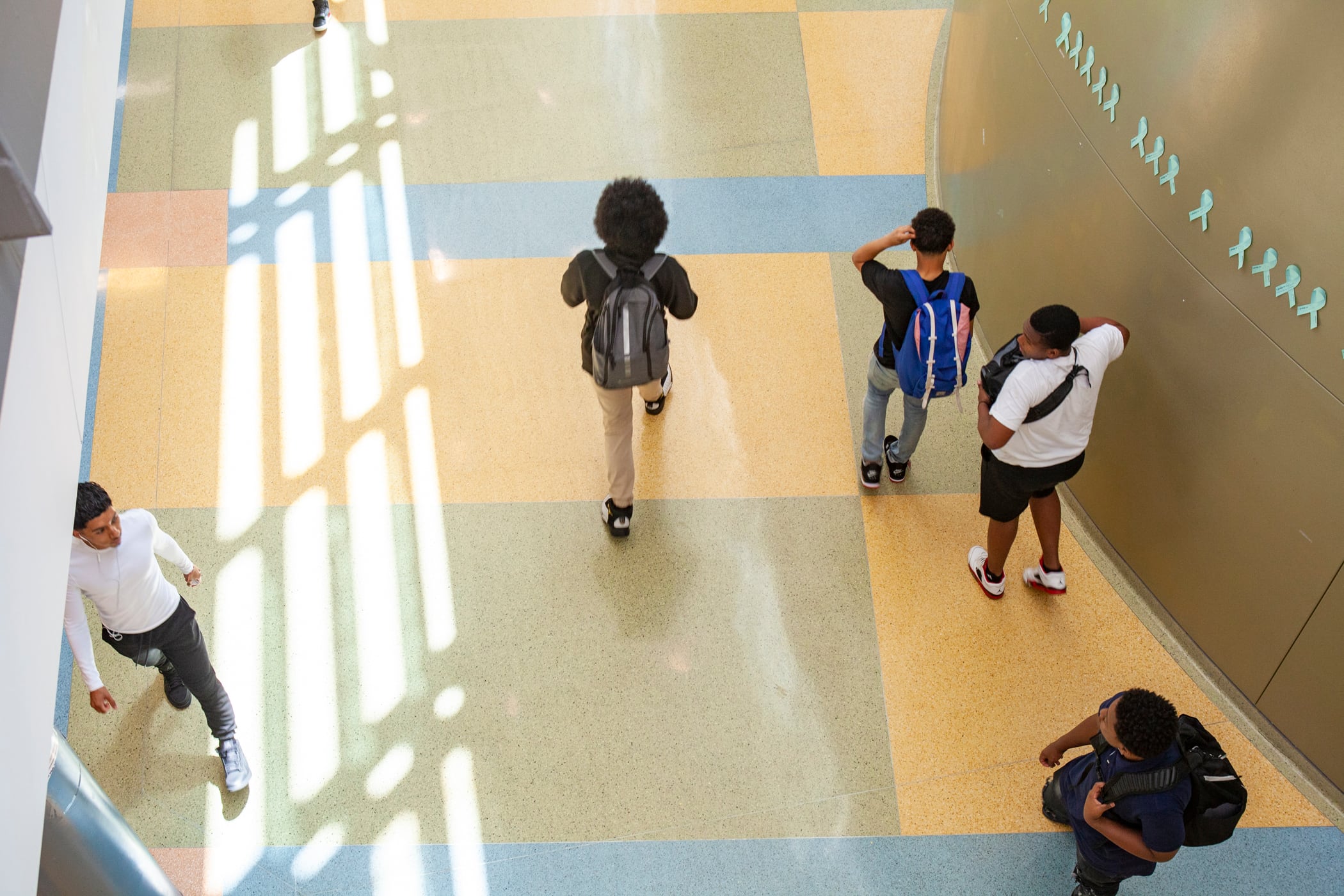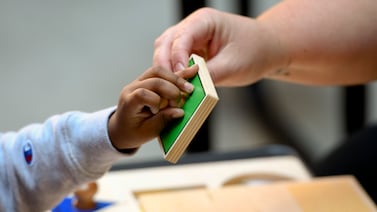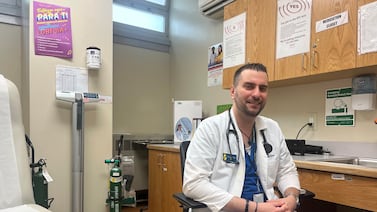With school buildings reopening in the fall, the Illinois State Board of Education’s new guidelines make it clear that school will not be the same as in the past.
On Tuesday, the state board and Gov. J.B. Pritzker said that students, teachers, and staff can return to school buildings after an abrupt closure in mid-March during the coronavirus pandemic. Last week, Pritzker signed a bill giving schools districts flexibility to use remote learning days or blended learning days if there is a spike in coronavirus cases and schools close again.
The 60-page document provides school districts with recommendations on an array of topics, including public health guidelines, prioritizing vulnerable groups for in-person instruction, assessing students, grading policies, and professional development for educators. School districts should be prepared if the guidance changes again.
“We have tried to provide common and clear requirements while preserving flexibility for each school and district to develop a reopening plan that meets the needs of the community and the children that they serve,” State Superintendent of Education Carmen Ayala said during a press conference on Tuesday.
But she said, “This fall will not be business as usual.”
Here are five things you should know about the state’s current guidelines for the fall:
- Schools will be required to follow state public health guidelines when school buildings open.
Public and private schools throughout Illinois will need to enforce social distance requirements. Students, teachers, and staff have to wear face coverings, while schools must increase sanitation measures.
According to the state department of public health, the state is moving into Phase 4 of the governor’s Restore Illinois Plan. School districts can’t have more than 50 individuals gather in one space. They have to conduct symptom screens and temperature checks or require individuals to certify that they are free of symptoms before entering school buildings.
The Centers for Disease Control recommended that schools place signs, in multiple languages, in visible areas throughout the building to remind individuals about safety precautions and coronavirus symptoms.
2. School districts should prioritize in-person instruction for students younger than 13, special education students, and English language learners.
The state recommends that local school districts prioritize young students, special education students, and English language learners who can benefit the most from being in class with a teacher.
Children under the age of 13 should remain in small groups with students of the same age and practice social distancing. Teachers should rearrange play spaces to keep students 6 feet apart.
In late April, U.S. Education Secretary Betsy Devos did not recommend waivers for any part of the Individuals with Special Education Act. The ruling is reflected in the state’s fall guidance to local school districts. Districts are required to follow timelines for annual individualized education program meetings, or IEPs, and required evaluations. Educators should meet to determine whether any amendments need to be made to plans. Teachers, therapists, and paraprofessionals may be able to work in person with students, if they take appropriate safety measures.
As reported by Chalkbeat, school speech language pathologists and occupational therapists have had trouble offering services to students during remote learning due to vague guidelines. It is yet to be seen if students will regain access to therapy.
For English language learners, the state recommends that educators use television, radio, and social media. Since English language learners often rely on demonstrations by teachers to learn phonemes, syllables, and words they should wear protective gear or record lessons for students.
3. While local school districts control grading policies, the board recommends that they return to traditional grading policies.
The board of education recommends that school districts return to traditional grading policies with modifications, if necessary. The board strongly advises that school districts ensure students have access to tools, technology, and teacher support to complete assignments for both in-person instruction and remote learning.
In Chicago, student activists were concerned that the grading policy at Chicago Public Schools was too strict and punished students who did not have access to the internet.
During the state board of education’s meeting in May, Zachary Vanderslice, then a senior at Walter Payton College Prep said, “There is no reason to add further burden upon a student body already riddled with the pressures of schooling. As stated by this board, the goal of remote learning is not to add stress to maintain learning. Arbitrarily adding strict grading requirements only adds stress.”
4. To understand the scope of how much learning students lost, the board recommends assessing students.
When schools abruptly closed in March, students who did not have access to devices and the internet struggled to continue their education. The board recommends that teachers assess students to understand their knowledge of coursework from the last school year. The information can be used to modify the teacher’s curriculum and instruction for the year.
5. Districts are encouraged to provide professional development training to incoming and current educators.
School districts are encouraged to use professional development days to prepare teachers for the transition back into traditional classrooms. Educators should be trained on instructional methods and materials, health and safety protocols, and how to tend to students’ mental health needs.
The board also recommends that districts train teachers to recognize and affirm students’ identities, and to identify successes and barriers for students, staff, and the community during remote learning. Teachers also should be trained to review students’ progress during remote learning and to prepare local assessments.






